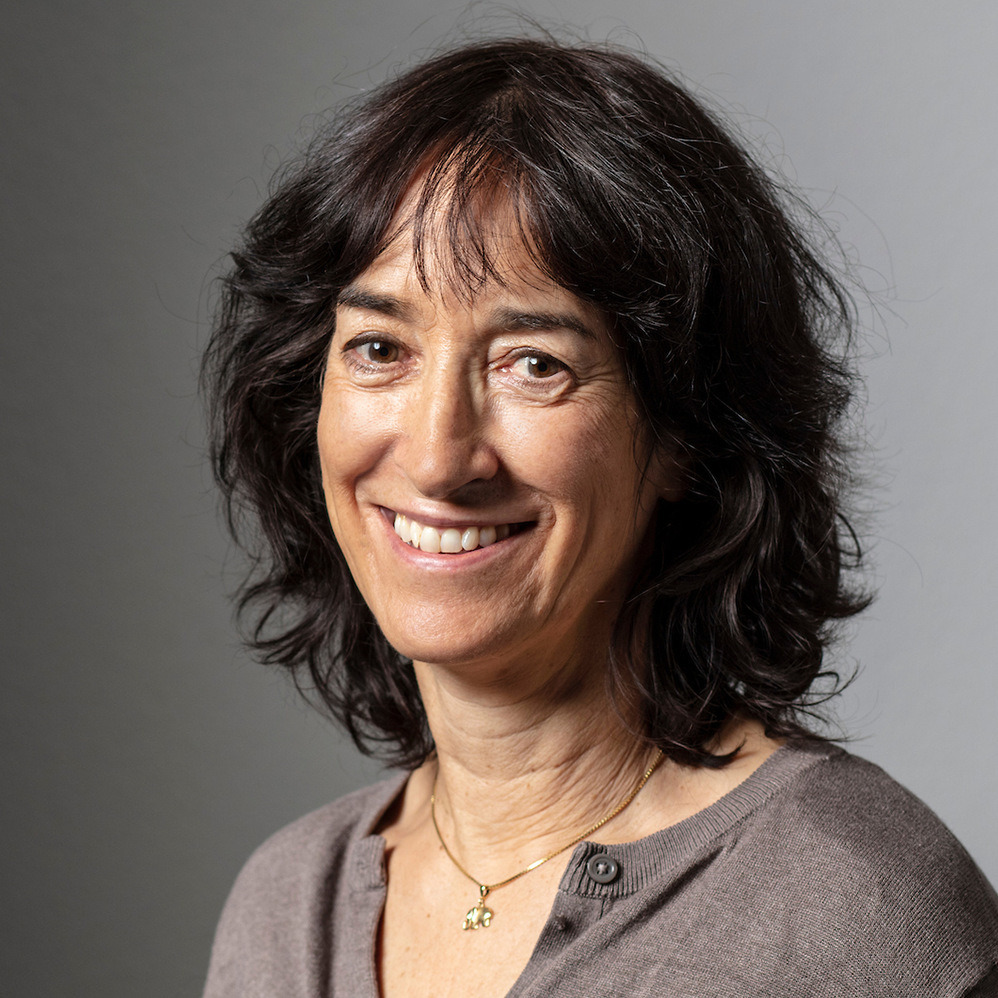
The hunt for illegal weapons
Mines, shooting incidents and scorpions are just three of the dangers Swiss military observers face on peacekeeping missions in Israel. SWI swissinfo.ch went to meet them to find out more about their survival strategies.
Officers working for the UN Truce Supervision Organization (UNTSO) monitor ceasefires, supervise armistice agreements, and prevent isolated incidents from escalating.
The Swiss team includes the Jerusalem-based UNTSO chief, Major General Patrick Gauchat, who became the first Swiss to lead a UN peacekeeping mission in 2021. Lieutenant Colonel Alex Neukomm is the chief liaison officer to Amman and Tel Aviv, and prepares for the head of mission’s visits to those regions, where they discuss security issues.
Major Roman Gagua prepares military observers for their deployment on the Israeli-occupied Golan Heights, explaining what sorts of tanks, warplanes and artillery they should look out for. There is a lot of military activity there: the Israeli Defence Force, IDF, has military bases and frequently carries out training exercises at Golan. Across the lines, Syrian troops are stationed in their bases.
Hidden dangers
Major Livio Räber, team leader of the Observer Group Golan-Tiberias, is a military observer stationed at Op53, observation post on the Golan Heights. It looks like a mountain paradise. Spring flowers sway gently in the meadows where cows graze and a mother bore runs with her piglets. These animals frequently trigger the many landmines that line the route. A rocket fired at Israel from Lebanon in April struck one of these fields. No lives were lost but it was too close for comfort.
Op53 is surrounded by barbed wire fences. Just beyond, a landmine is lodged in the ground. Mine disposal experts cannot remove it as blasting it would damage the compound, so the military observers live in constant danger of triggering a large explosion.
In this video, Major Livio Räber gives us a tour of this lonely outpost, which includes a shelter where observers can take cover when they are caught in the crossfire between different groups that are parties in the conflict.
Operationally, the Alpha Line was drawn in the west, not to be crossed by Israeli Forces, and the Bravo Line in the east, not to be crossed by Syrian Forces. Between these lines lies the Area of Separation, a buffer zone, where observers supervise the number of Syrian and Israeli troops and weapons deployed.































You can find an overview of ongoing debates with our journalists here . Please join us!
If you want to start a conversation about a topic raised in this article or want to report factual errors, email us at english@swissinfo.ch.